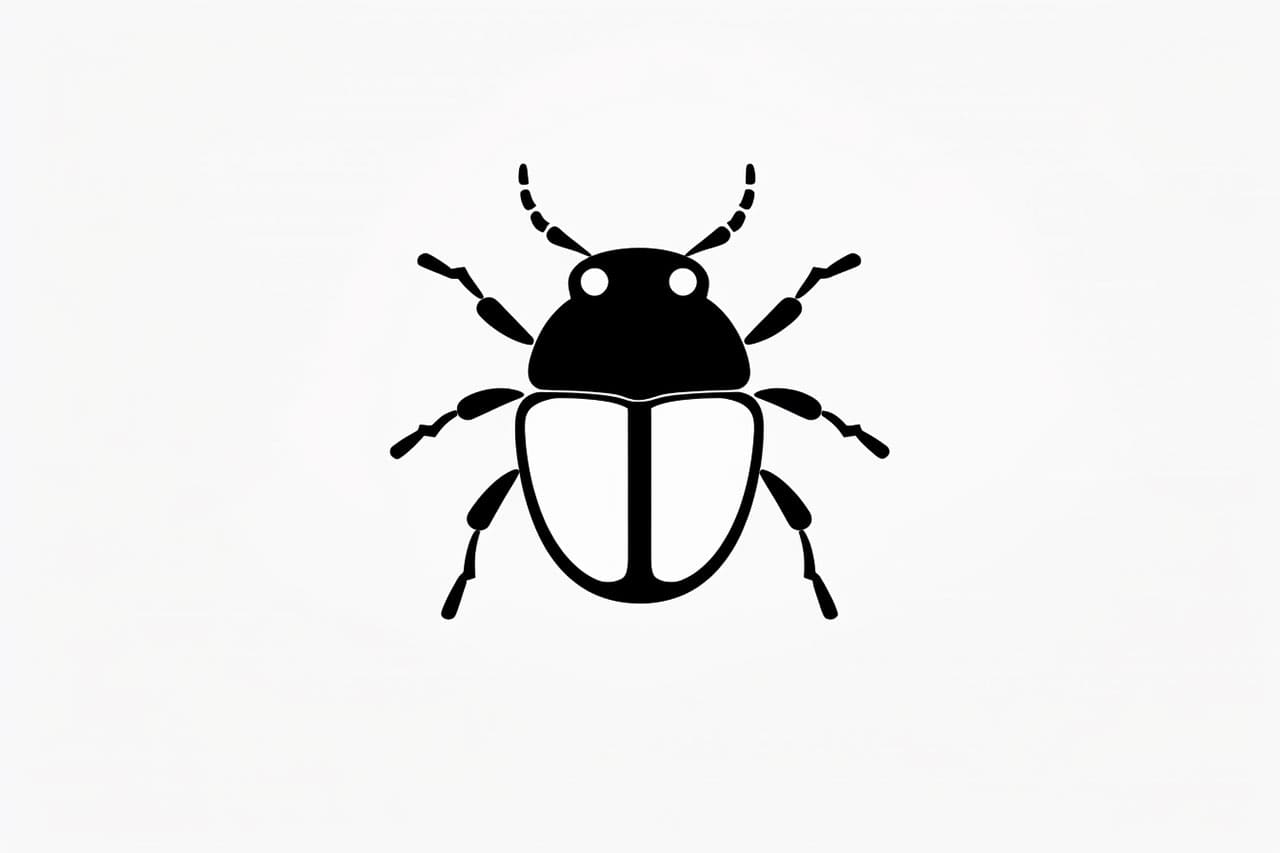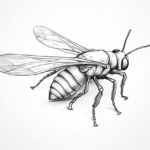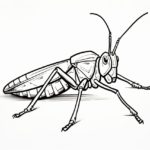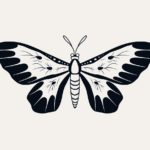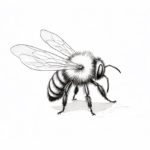Welcome to this fun and easy-to-follow step-by-step guide on how to draw a bug! Bugs are some of the most diverse and fascinating creatures on Earth, ranging from delicate butterflies to sturdy beetles and everything in between. Whether you’re a beginner learning basic drawing techniques or a more experienced artist looking to sharpen your observation skills, mastering how to draw bugs is a great way to explore form, texture, and detail.
In this tutorial, we’ll walk you through the essential steps for creating a detailed and realistic bug drawing. You’ll learn how to break down a bug’s body into simple shapes, build up accurate proportions, and add important features like segmented legs, antennae, and wing patterns. With these foundational skills, you’ll be able to draw a variety of bugs—from spiders to ladybugs to dragonflies—with confidence and creativity. So grab your pencils, paper, and a curious spirit, and let’s dive into the tiny, fascinating world of bugs!
Materials Required
To draw a bug, you will need the following materials:
Now that you have your materials ready, let’s dive into the steps of drawing a bug.
Step 1: Sketching the Basic Shape
Start by lightly sketching the basic shape of your bug using a pencil. Bugs have different body types, but a common shape would resemble an oval or a circle. This shape will serve as the main body of your bug.
Step 2: Adding the Head and Antennae
At one end of the body shape, draw a smaller circle or oval to represent the bug’s head. Extend two curved lines outwards from the head to create the antennae. The length and shape of the antennae will depend on the bug you are drawing. Some bugs have long and straight antennae, while others have shorter and more curved ones.
Step 3: Drawing the Eyes
Draw two round or oval shapes on the bug’s head to represent the eyes. Bugs have different types of eyes, so feel free to experiment with different designs. You can draw larger eyes for a more cartoonish look or smaller, more realistic eyes for a detailed drawing.
Step 4: Adding Legs and Feet
Extend lines downward from the body shape to create the bug’s legs. The number of legs will vary depending on the type of bug you are drawing. In general, most insects have six legs. Draw small ovals or circles at the end of each leg to represent the bug’s feet. Take note of the bug’s body structure and the positioning of the legs to ensure a realistic representation.
Step 5: Incorporating Details and Patterns
Now that you have the basic structure of the bug, it’s time to add some details and patterns. Look closely at the bug you are drawing and observe the unique features. Does it have stripes or spots? Are there any distinctive patterns on its body? Use your pencil to lightly sketch these patterns onto the bug’s body. This step is essential for bringing your bug drawing to life.
Step 6: Refining the Outline
Once you are satisfied with the overall shape and details, go over your sketch with a fine-tipped marker or pen. Trace the main outline of the bug, emphasizing the contours and distinctive features. You can also define the eyes, antennae, and legs with the marker, making them stand out more.
Step 7: Adding Shadows and Highlights
To make your bug drawing appear more three-dimensional, add shadows and highlights. Imagine a light source and determine how it would hit the bug’s body. Shade the areas that would be in shadow, such as underneath the body and legs. Leave certain areas untouched or lightly shade them to create highlights, giving the bug a more realistic and dynamic look.
Step 8: Erasing Guidelines
Carefully erase any remaining pencil guidelines to clean up your drawing. Be gentle to avoid smudging or damaging the inked outlines and details. Use an eraser that is suitable for your paper type to achieve a clean and polished finished drawing.
Conclusion
Congratulations on completing your bug drawing! By following these step-by-step instructions, you have learned how to draw a bug with detail and precision. Remember to practice frequently and experiment with different bug species to enhance your skills. With time and dedication, you will continue to improve your artistic abilities. Enjoy the process, and happy drawing!
Gallery of Bug Drawings
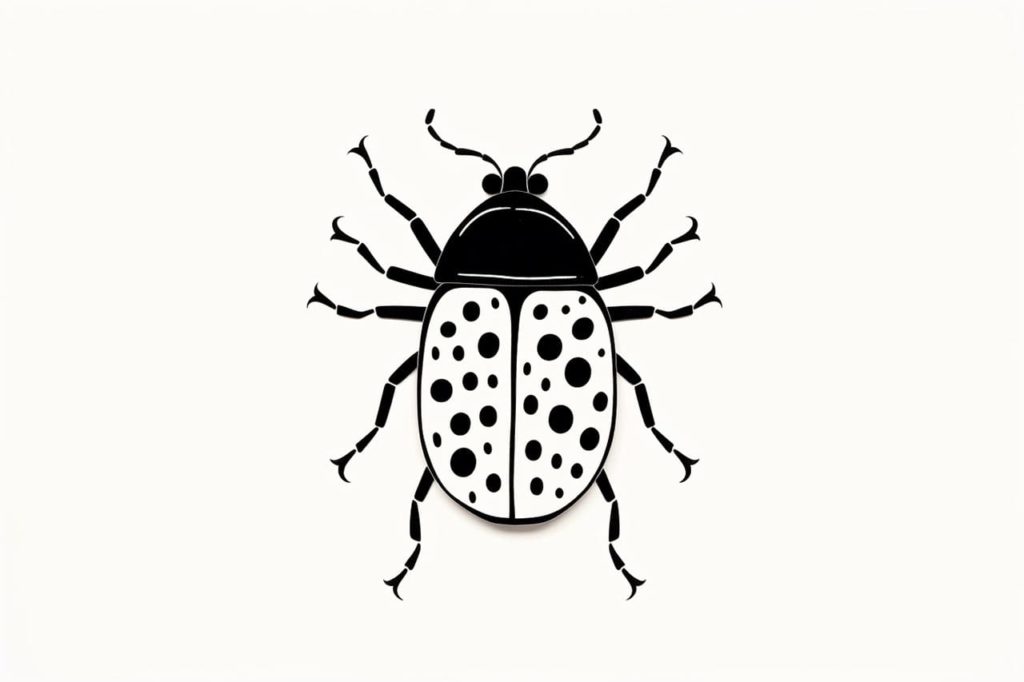
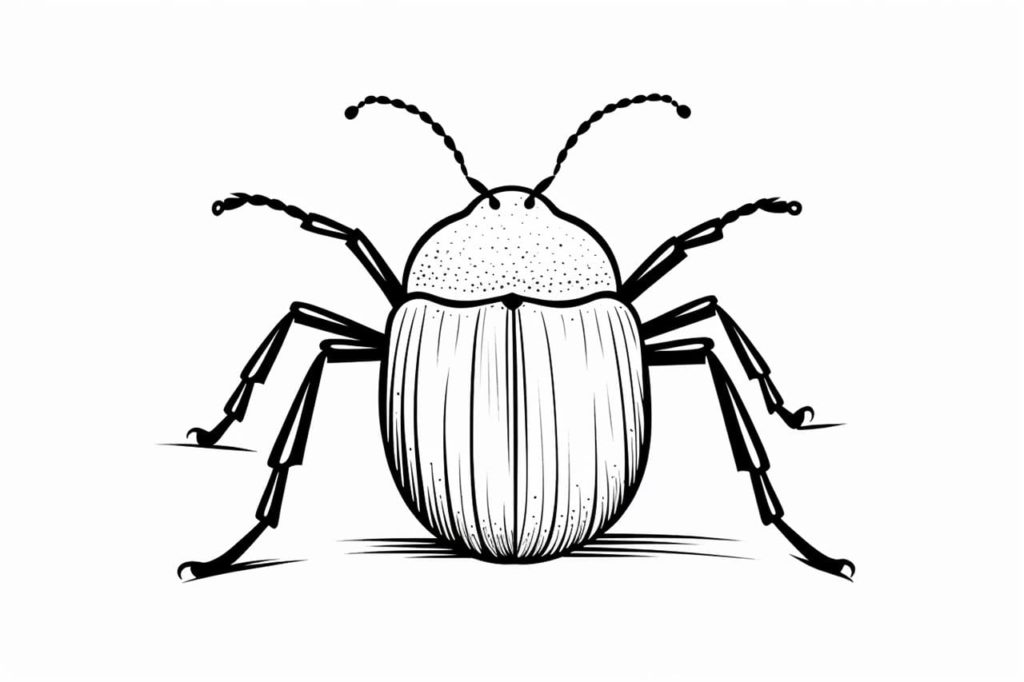
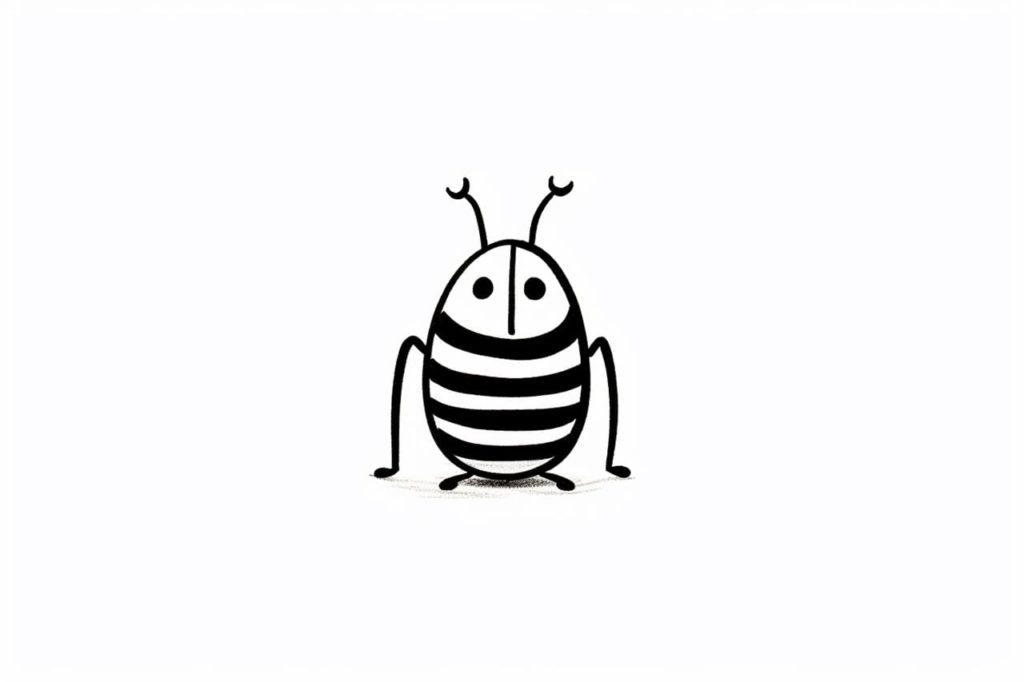
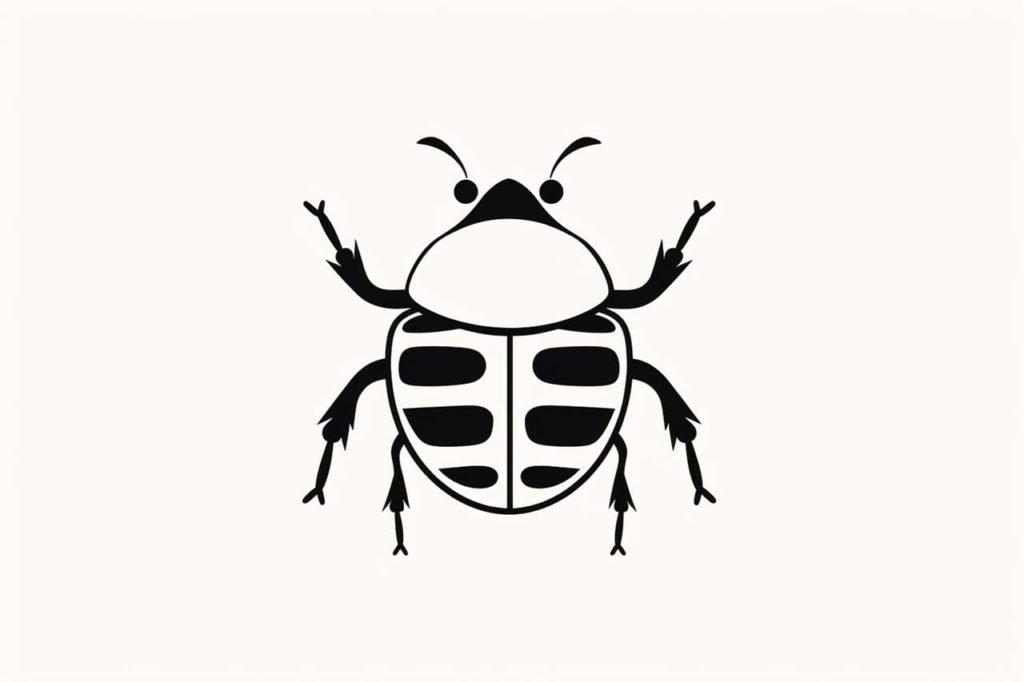
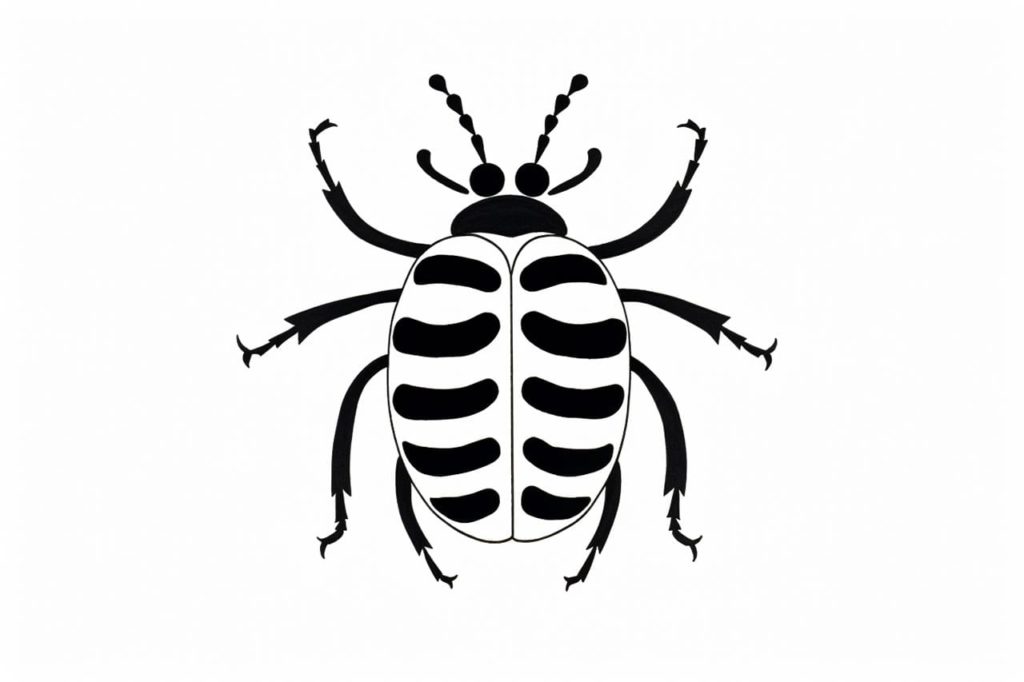
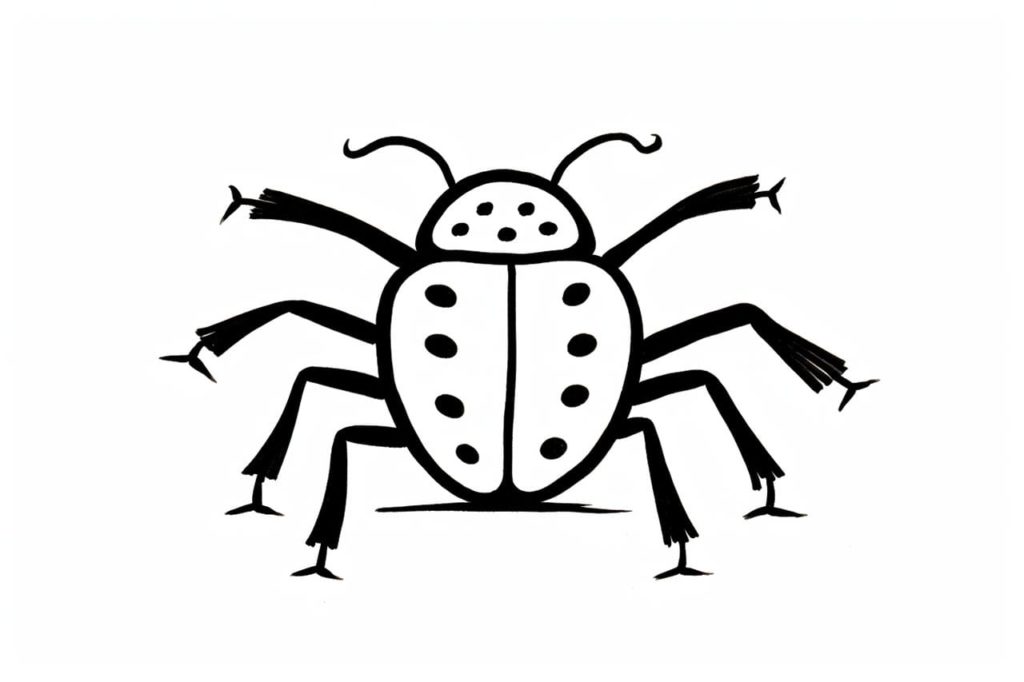
Fun Facts About Bugs
- Bugs, scientifically known as insects, are the most diverse group of organisms, with over a million known species.
- Ants are capable of lifting objects 50 times their own body weight, making them some of the strongest creatures on earth relative to size.
- Some bugs, like the dragonfly, have existed for over 300 million years, predating dinosaurs!
- Certain species of moths, like the Atlas moth, have wingspans that can reach over 10 inches, making them some of the largest insects.
- Bumblebees shoulder a massive ecological role as pollinators, vital for the reproduction of many plants and crops.
- The firefly uses bioluminescence for communication, creating mesmerizing light shows during warm summer nights.
- Monarch butterflies undertake one of the most remarkable migrations, traveling 3,000 miles to escape cold winters.
- Praying mantises are unique hunters, with the ability to turn their heads 180 degrees to scan for prey or predators.
- Insects rely on external skeletons and have no bones, providing protection and physical support.
- Honeybees efficiently communicate with each other through a “waggle dance,” which conveys information about food sources.
Suggestions for Scenes and Settings for Bug Drawings
- Flower Meadow: Illustrate a vibrant scene with a variety of bugs like butterflies, beetles, and bees mingling among colorful blooms.
- Beneath the Log: Capture a hidden world underneath a fallen log, where ants march, centipedes coil, and beetles burrow.
- Nighttime Spectacle: Draw a dark, mystical forest scene alive with glowing fireflies twinkling like stars amidst the trees.
- Urban Garden: Picture a lively rooftop garden with bugs flitting around herbs and vegetables, with city skyscrapers in the background.
- Pond Edge: Depict a serene pond setting teeming with dragonflies darting above the water and water striders skimming the surface.
- Jungle Canopy: Create a lush jungle scene where bugs cling to large leaves, vibrant flowers attract insects, and butterflies flit about.
- Winter Nook: Design an imaginative winter scene featuring bugs in cozy underground burrows or hidden inside tree bark, away from the cold.
- Insect World Fair: Illustrate a whimsical bug festival with insects showcasing unique talents and attractions under colorful tents.
- Historic Habitat: Draw a prehistoric forest filled with oversized bugs such as ancient dragonflies and beetles in a primeval landscape.
- Garden Tea Party: Picture a whimsical scene of bugs gathering around a tiny tea set atop a mushroom for an enchanting garden tea party.

